Behind the Mask: How CPAP Machines Are Made and Their Lifesaving Benefits
1. Introduction: The Basics of Sleep Apnea and CPAP
Sleep apnea is a common yet serious sleep disorder characterized by repeated interruptions in breathing during sleep. The most prevalent form—obstructive sleep apnea (OSA)—occurs when throat muscles relax and block the airway. Untreated sleep apnea can lead to cardiovascular problems, daytime fatigue, and impaired cognitive function.
CPAP (Continuous Positive Airway Pressure) machines deliver a steady stream of pressurized air through a mask, keeping the airway open to prevent these disruptions. By maintaining an open airway, CPAP machines significantly improve sleep quality and overall health for millions of people worldwide.
2. The Global Reach: Who Uses CPAP Machines and How Many?
- Worldwide Prevalence of OSA: According to the American Academy of Sleep Medicine (AASM), it is estimated that over 425 million adults globally suffer from sleep apnea, with many cases going undiagnosed.
- Number of CPAP Users: It’s challenging to pinpoint an exact figure due to varying diagnostic rates, but conservative estimates suggest that tens of millions of people worldwide currently rely on CPAP therapy. In the United States alone, the National Sleep Foundation estimates that around 8 million adults use CPAP or a similar device.
- Growing Market: The global CPAP market has seen steady growth of about 6-8% annually, driven by increased awareness of sleep apnea’s health risks and advancements in device technology.
Why the Growing Demand?
- Increased Diagnosis Rates: More people are recognizing the symptoms of sleep apnea and seeking medical advice.
- Greater Awareness of Health Risks: Untreated sleep apnea is linked to high blood pressure, heart disease, and stroke, which underscores the importance of treatment.
- Technological Advancements: Modern CPAP machines are quieter, more portable, and more comfortable than ever before, encouraging higher adoption rates.
3. From Concept to Clinic: How CPAP Machines Are Made
3.1 Research and Development (R&D)
- Identifying Patient Needs: Manufacturers begin by analyzing patient feedback and clinical data to determine design objectives, such as reducing noise, improving portability, or adding features like automatic pressure adjustment.
- Prototype Design: Engineers and designers collaborate to create prototypes using computer-aided design (CAD) software. The focus here is on ergonomics (mask comfort), airflow mechanics, and ease of use.
- Laboratory Testing: Early prototypes undergo tests to measure airflow precision, noise levels, and mask fit. These tests often involve computational fluid dynamics (CFD) simulations and mechanical stress tests.
3.2 Component Manufacturing
CPAP machines consist of several key components:
- Blower Motor (Air Pump): Often manufactured in specialized facilities, the motor is designed for consistent airflow and minimal noise. Advances in brushless motor technology have made motors more efficient and durable.
- Circuit Board and Electronics: The circuitry is responsible for pressure sensors, user interface, and any data tracking or connectivity features (e.g., Bluetooth or Wi-Fi). These boards are typically assembled in automated factories using surface-mount technology (SMT).
- Air Filter: CPAP filters remove particulates and allergens to ensure clean airflow. Depending on the model, filters can be reusable or disposable.
- Humidifier Chamber (Optional): Many modern CPAP machines include a built-in or attachable humidifier to reduce dryness and irritation. These chambers are often made of durable plastic or stainless steel.
- Enclosure and Mask: The outer shell of the device is usually injection-molded plastic, designed to be lightweight yet robust. Masks come in various styles—nasal pillows, nasal masks, or full-face masks—often made from silicone or gel for comfort.
3.3 Assembly and Quality Control
- Manual and Automated Assembly: Components like the blower motor, circuit board, and humidifier are assembled into the machine’s enclosure. Some high-end manufacturers use robotic systems for precision assembly.
- Calibration and Testing: Each unit is calibrated to ensure it delivers the correct air pressure and flow rates. Machines undergo rigorous testing in controlled environments to validate their reliability under different conditions (temperature, humidity, etc.).
- Final Inspection: Before shipping, each CPAP machine is visually inspected and tested for noise level, air pressure accuracy, and any leaks.
3.4 Regulatory Approval
In the United States, the Food and Drug Administration (FDA) classifies CPAP machines as Class II medical devices, meaning they require special controls and premarket notification (510(k)) clearance. Other regions, like the European Union, have their own regulatory standards (e.g., CE marking). This ensures that CPAP machines meet strict safety and efficacy criteria before they reach the market.
4. Health Benefits: Why CPAP Therapy Is a Game-Changer
4.1 Improved Sleep Quality
By keeping the airway open, CPAP therapy eliminates snoring and frequent awakenings throughout the night. Users often report feeling more rested and alert during the day.
4.2 Cardiovascular Protection
Untreated sleep apnea is linked to hypertension, atrial fibrillation, and an increased risk of heart attacks. CPAP therapy can lower blood pressure and reduce cardiovascular risks.
4.3 Enhanced Cognitive Function
People with sleep apnea commonly experience brain fog, poor concentration, and memory issues. Consistent CPAP use has been shown to improve mental clarity and cognitive performance.
4.4 Elevated Mood and Mental Health
Sleep disruptions can exacerbate stress, anxiety, and depression. By restoring uninterrupted sleep, CPAP therapy can lead to improved mood and mental well-being.
4.5 Reduced Daytime Fatigue
Excessive daytime sleepiness is one of the hallmark symptoms of sleep apnea. CPAP users often experience a significant boost in daytime energy, making it easier to focus at work or school and safely operate vehicles.
5. Overcoming Common Barriers to CPAP Therapy
While CPAP therapy is highly effective, many users face hurdles:
- Mask Discomfort: Finding the right mask fit is crucial. Different shapes and sizes cater to diverse facial structures.
- Machine Noise: Modern CPAP machines are notably quieter, but noise sensitivity can still be an issue for some users.
- Dryness or Congestion: Heated humidifiers and nasal saline sprays can alleviate nasal dryness and congestion.
- Adherence Issues: Consistent use is key to reaping benefits. Education, follow-up appointments, and supportive tools (like CPAP apps) can help users stay on track.
6. Future Innovations in CPAP Technology
- Smart Connectivity: Many CPAP machines now include app-based tracking, allowing users (and doctors) to monitor sleep data in real-time.
- Auto-Adjusting Pressure: Advanced algorithms detect subtle changes in breathing and adjust air pressure accordingly, optimizing comfort.
- Miniaturization and Portability: Travel-sized CPAP machines and battery backup options cater to those with active lifestyles.
- Combination Therapies: Future devices might integrate other interventions, such as positional therapy or even oxygen delivery systems, to tackle complex sleep-breathing issues.
7. Conclusion
CPAP machines are not just mechanical devices; they are lifelines for countless individuals battling obstructive sleep apnea. From concept and careful design to precise manufacturing processes and stringent quality checks, CPAP technology embodies the synergy between medical expertise and engineering ingenuity. As awareness of sleep apnea grows and technology continues to evolve, more people than ever can benefit from CPAP therapy—ultimately improving their sleep, health, and quality of life.
Bibliography
- American Academy of Sleep Medicine. (2021). Worldwide Prevalence of Obstructive Sleep Apnea and Diagnostic Approaches.
- National Sleep Foundation. (2022). Sleep Apnea Facts & Statistics.
- ResMed. (2022). How CPAP Devices Are Made: Manufacturing and Quality Control Process.
- U.S. Food and Drug Administration (FDA). (2020). Guidance for Industry and FDA Staff - Class II Special Controls Guidance Document: Continuous Positive Airway Pressure (CPAP) Devices.
- European Commission. (2021). CE Marking for Medical Devices: Regulations and Compliance.
- Johns Hopkins Medicine. (2022). “Obstructive Sleep Apnea and Cardiovascular Health.” Sleep Medicine Reviews.
- Mayo Clinic. (2023). CPAP Overview: Benefits and Challenges.

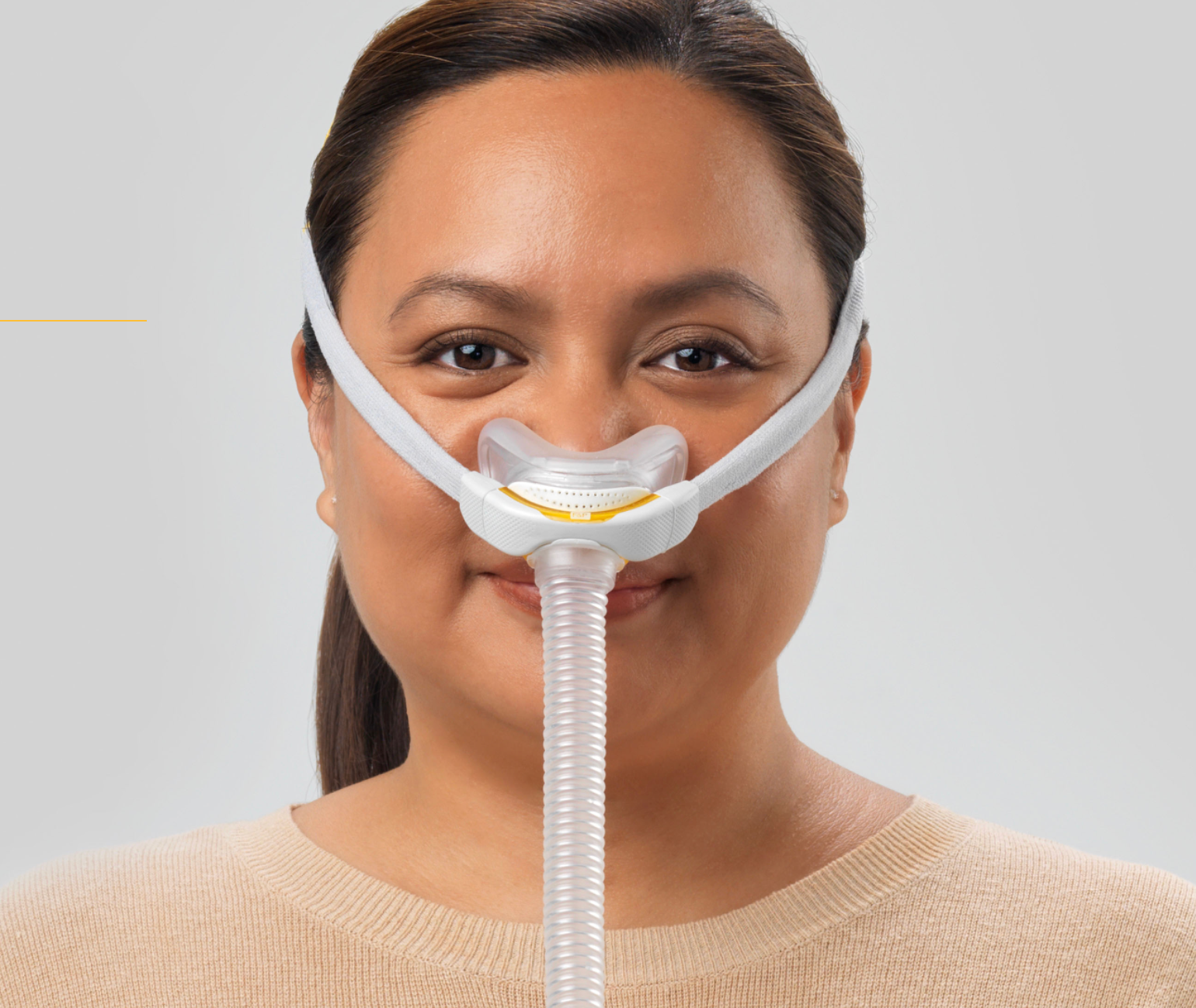
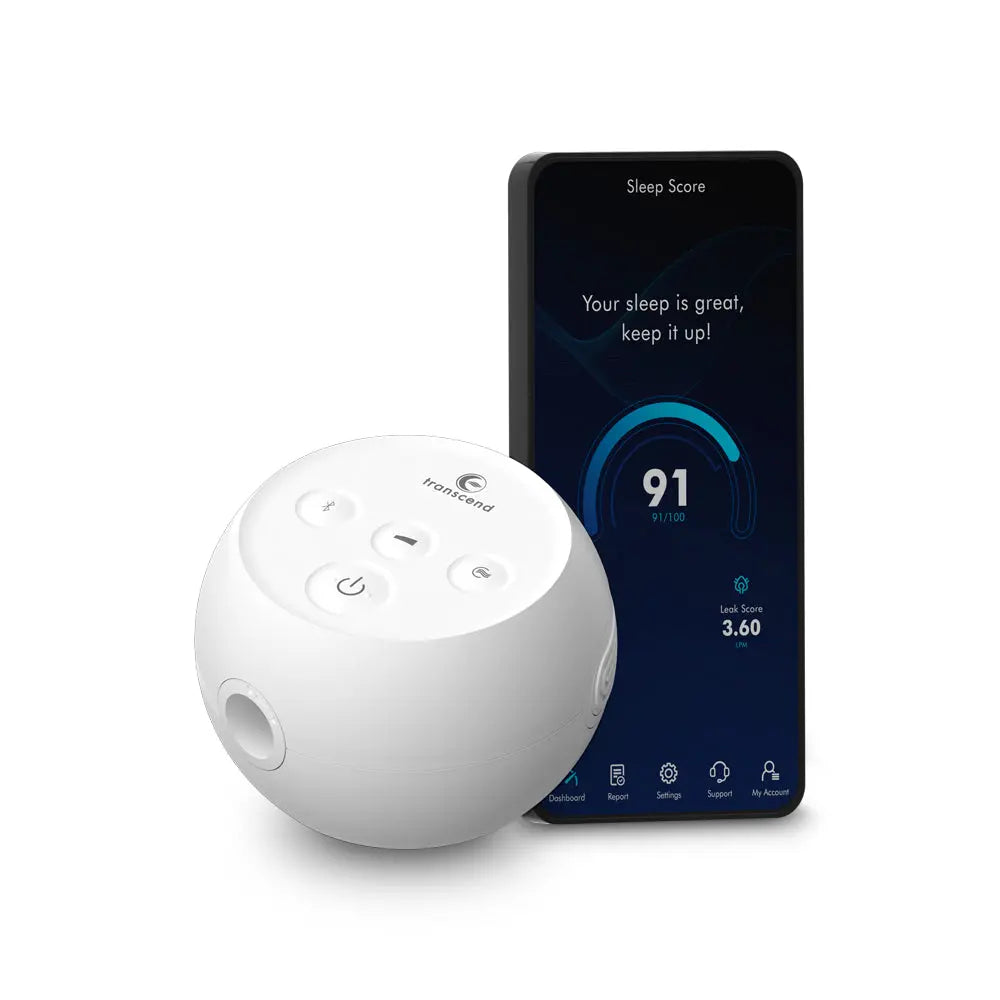
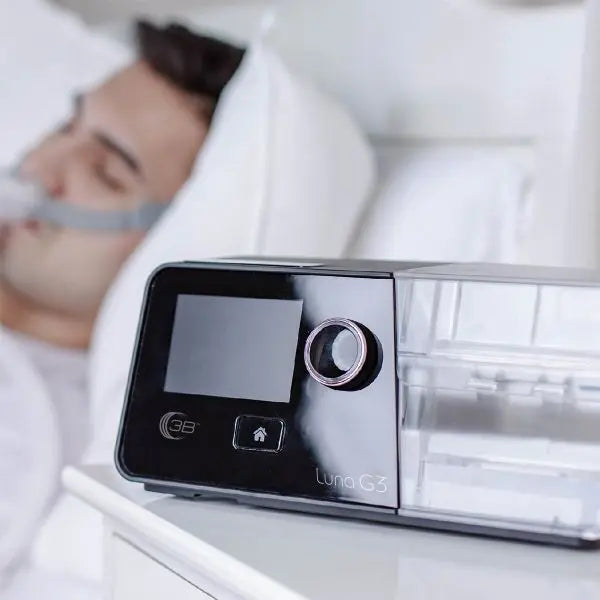
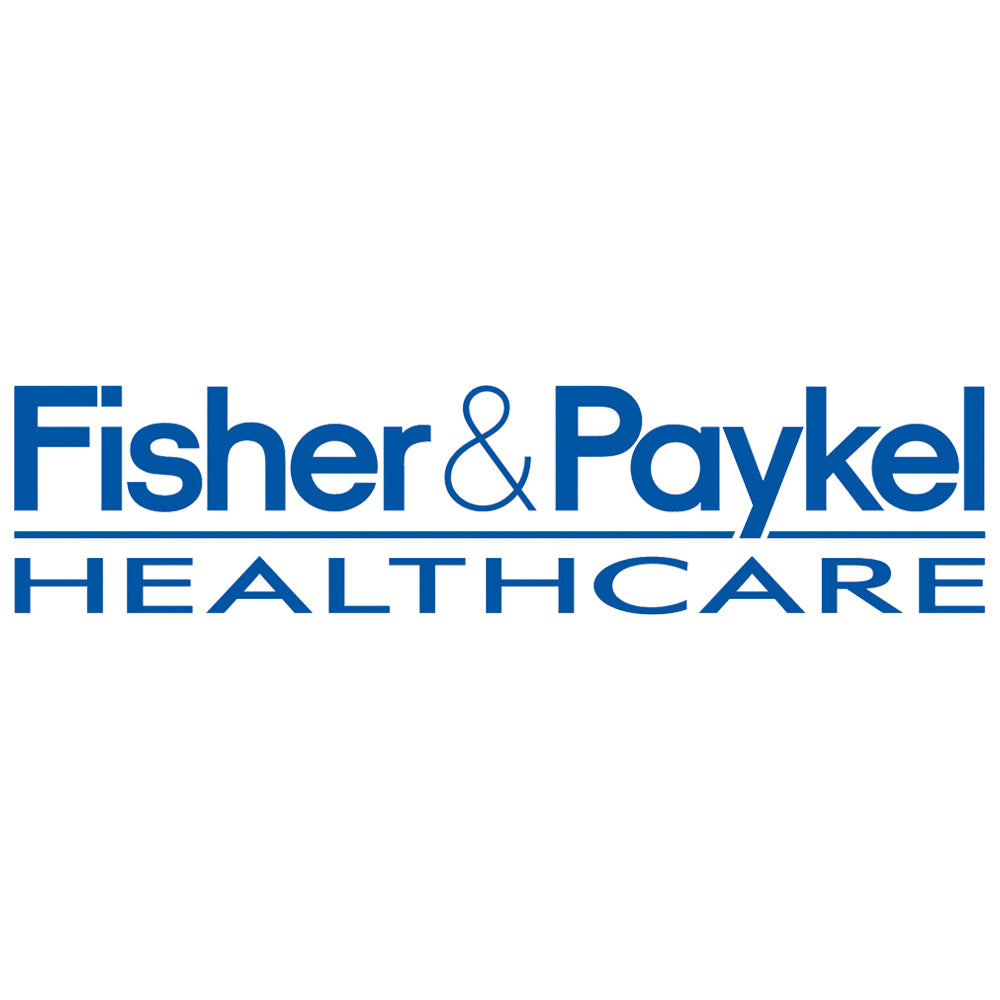


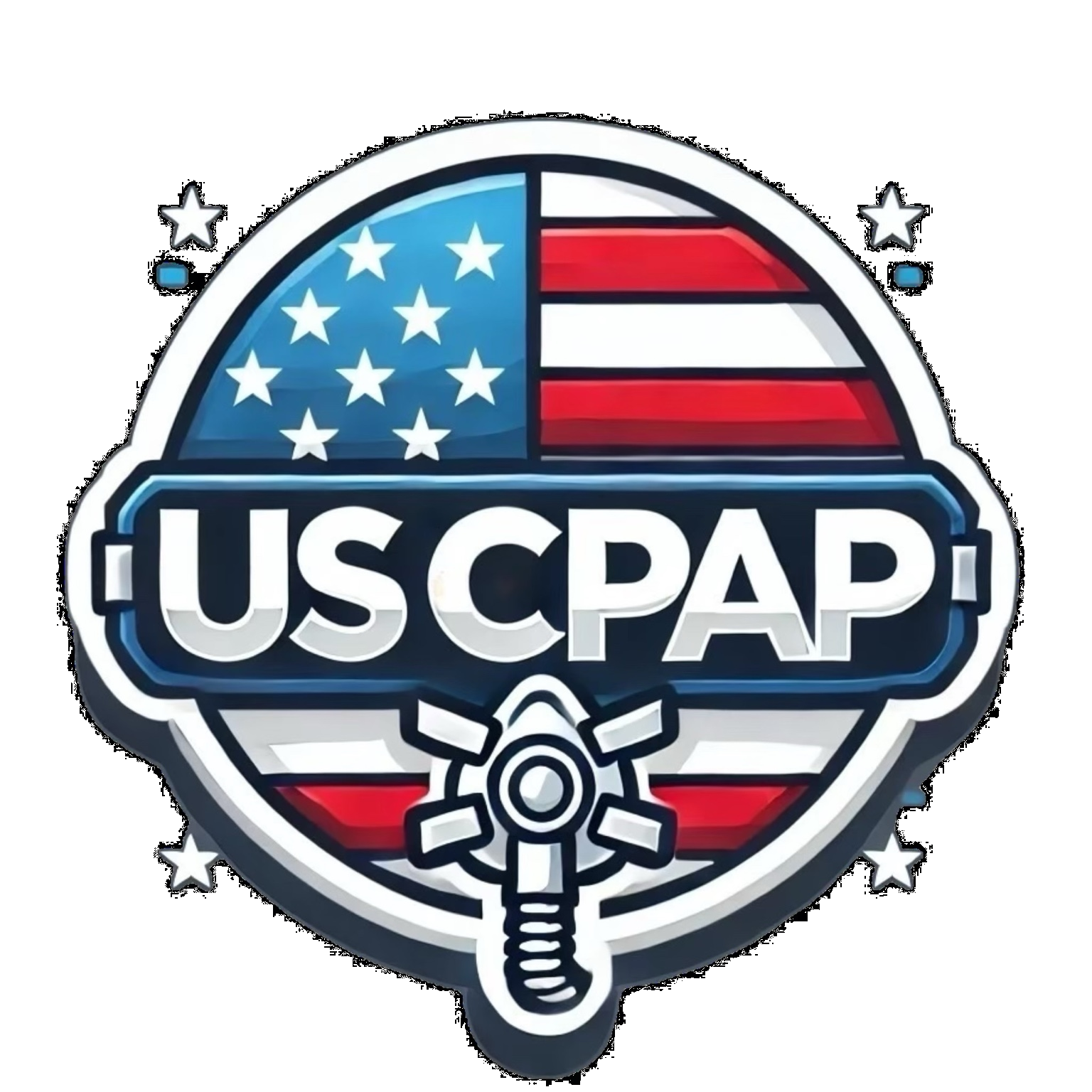
Leave a comment
This site is protected by hCaptcha and the hCaptcha Privacy Policy and Terms of Service apply.